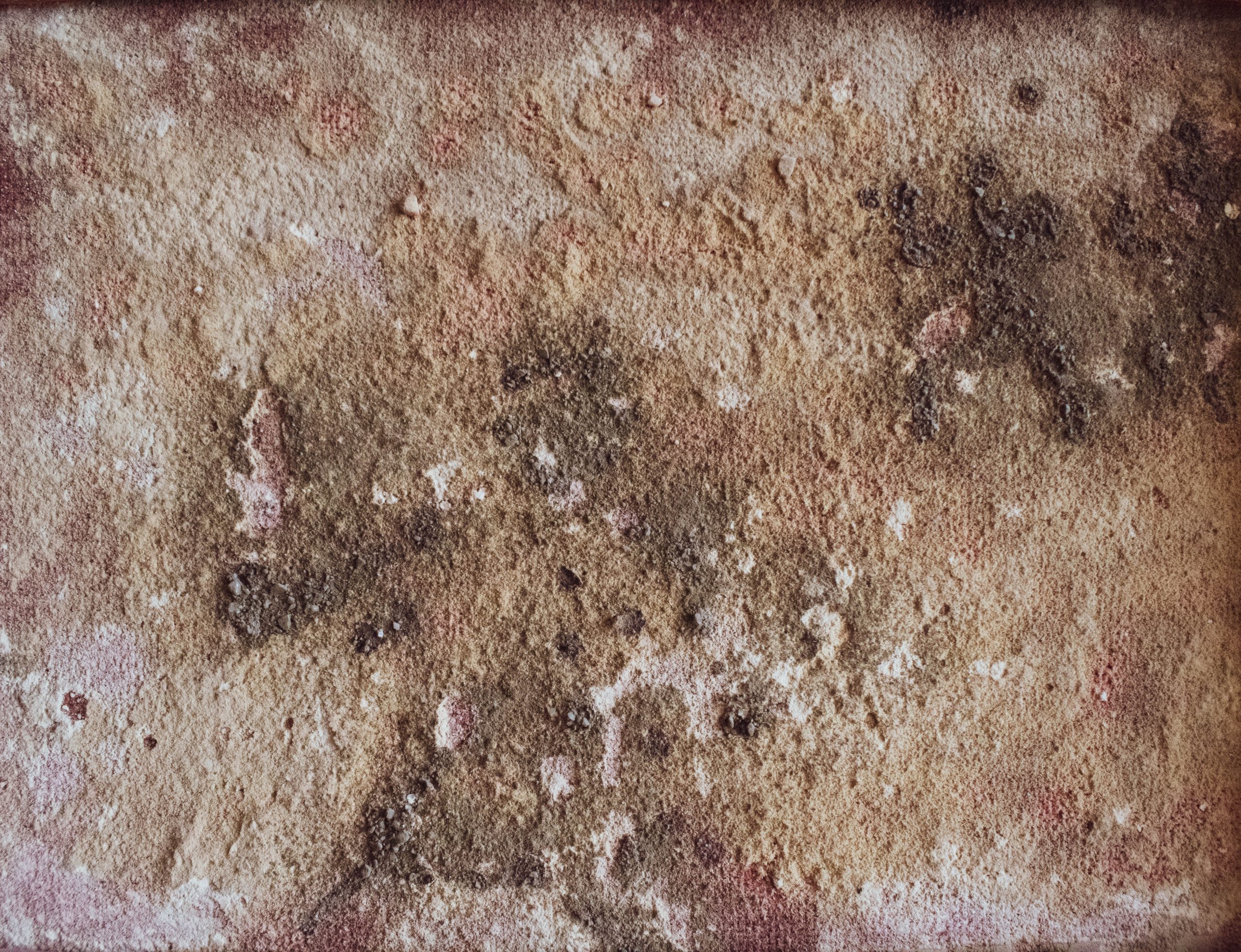
Water damage is difficult to deal with, but it can be worse when carpet is involved. If you end up dealing with a wet carpet, what do you do?
Acting fast — as with most things involving cleanup — can prevent a lot of future issues from escalating.
Typically, mold growth in carpets begins 24 to 48 hours after they get wet. If you don’t have a dehumidifier, and it’s already a humid time of year, it is best to call a professional.
In all cases, a professional can assist with insurance claim submissions.
What types of mold grow well in wet carpet?
As we’ve mentioned in other articles, mold is always in the air, it just needs the right conditions to thrive and grow. While several types of mold could grow in your carpet, some prefer the conditions of wet carpet in particular.
Trying to identify your mold by color and texture often doesn’t work, as most molds have dozens of variants. Only a mold professional can identify the type of mold you have and tell you how to remediate it.
Some of these molds are more harmful than others, and can cause allergies to flare or irritate your lungs and eyes. Here are some of the carpet molds to be aware of:
- Alternaria: Allergenic mold that can bother your lungs. It spreads particularly quickly and must be removed fast to prevent spread.
- Chaetomium: Allergenic, and certain strains of it can also cause skin and nail infections. It usually produces an odor.
- Cladosporium: Common indoor mold which can provoke allergic reactions. Those with respiratory conditions may be bothered by it.
- Fusarium: Toxigenic mold that tends to prefer carpeting. It is also tolerant to cold conditions, so you may find it in your basement or growing in your home during winter.
- Stachybotrys: Stachybotrys is the so-called “black mold.” While the mold is uncommon, it is dangerous and produces toxins.
- Trichoderma: Trichoderma prefers to grow in wet carpets and other fabric surfaces. Some strains of it are non-toxic and just ugly. Others are more dangerous and produce toxins. It is resistant to heat and antifungal treatments, so any carpet it is growing on must be removed.
How to Avoid Mold Growth in Carpet
With all of these annoying and potentially dangerous mold types, it’s important to prevent them from growing in your carpet.
The number one way to prevent mold growth is to keep your carpet dry, and to dry it quickly after plumbing leaks or floods. Professional drying and restoration can help you dry out your carpet quickly and help restore any other parts of your property that may be damaged.
Remember that you only have 24-48 hours before mold starts growing.
If you’re struggling with mold and need cleaning and restoration services, call us 24/7 at (401) 849-6644 or request an estimate. We have a certified mold removal team and have done this work for decades. Don’t wait! The longer mold sits, the more it will spread, and it can spread rather quickly.

Write a comment: